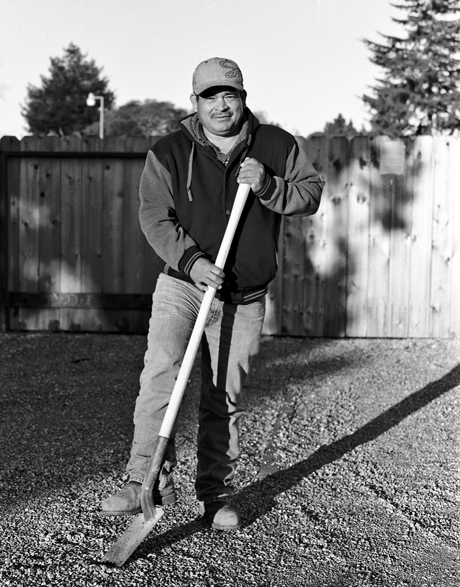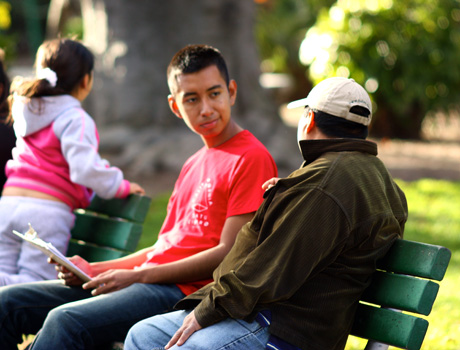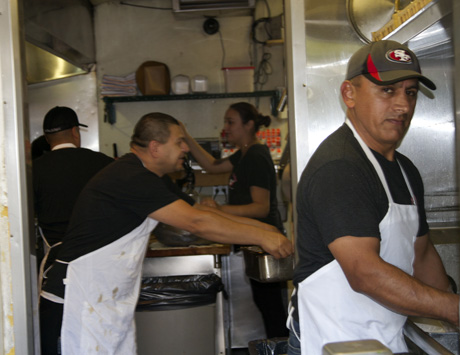A year-long study by UC Santa Cruz students finds that low-wage workers in Santa Cruz County earn a median wage of about $10 an hour compared with the county median of $17.81, itself low compared with other parts of the state.
More data from the study and a website workingfordignity.ucsc.edu with personal stories from local residents who comprise the county’s low-wage workers will be released at a public event, "Working for Dignity," set for 7-9 p.m. Thursday, May 7 at the Museum of Art and History in Santa Cruz.
The findings are based on a student survey of 1,300 workers in service, farming, construction, and other low-wage industries around the county. Low wages combined with a high cost of living – caused primarily by rents – pushes 22 percent of county residents below the poverty line, according to the California Poverty Measure from the Stanford Center on Poverty and Inequality.
The study by more than 100 UC Santa Cruz undergraduate researchers is “a census of the invisible,” said Steve McKay, associate professor of sociology and director of the UC Santa Cruz Center for Labor Studies, which conducted the research.
Low-wage jobs are also the fastest growing. The top five in terms of future job openings over the next five years are food prep and service, retail sales, farming, personal care, and building and grounds cleaning and maintenance.
Approximately 60 students, many of them Spanish speakers from working class families, interviewed residents at work places, Laundromats, bus stops, parks, and occasionally door-to-door.
Other students completed data analysis while others created an interactive website that features photographs and oral narratives collected from 75 in-depth interviews in the field. The website will be debuted at the museum event on Thursday
“The event is about explaining the experience of low-wage work,” McKay said, “telling the stories, not just the numbers.”
The research also uncovered examples of pay issues such as wage theft, health and safety concerns, and cases of discrimination and harassment. The project is an example of “community-initiated” research, McKay said, explaining that California Rural Legal Assistance approached the Center for Labor Studies with the idea and some funding for a study of low-wage workers who were transitioning from field work to service jobs.
“It’s researched-focused and part of the university’s public service mission that directly affects the community,” he said.
Student study tells the stories of low-wage workers in Santa Cruz County
'Working for Dignity' event showcases student research, workers' stories





